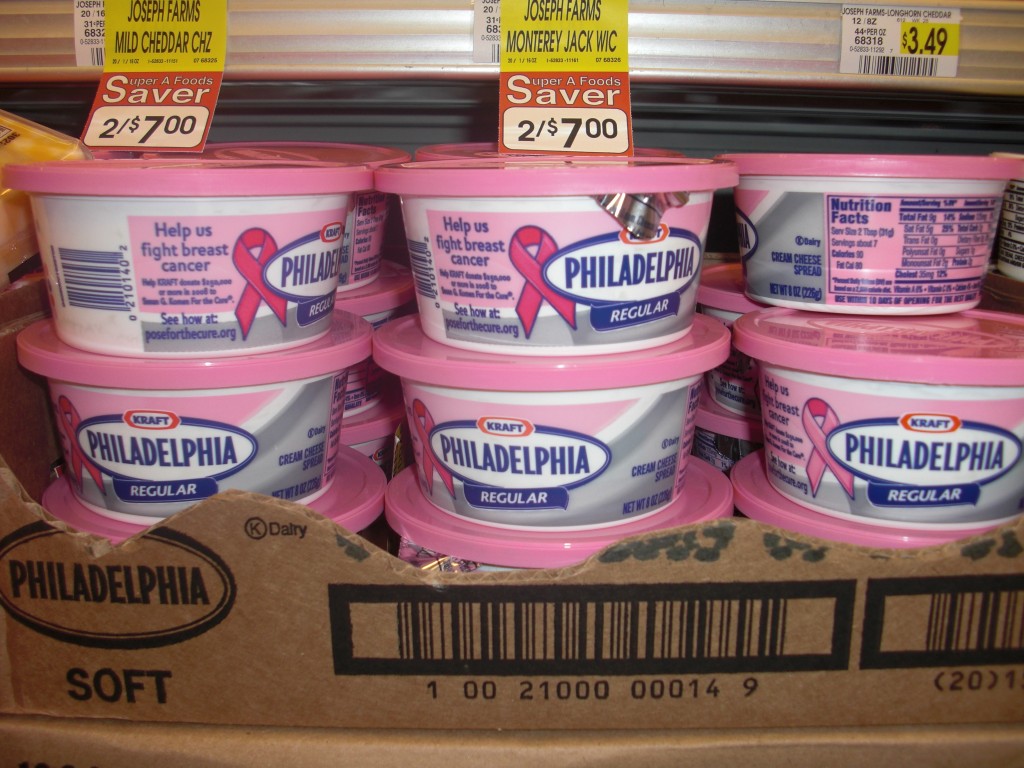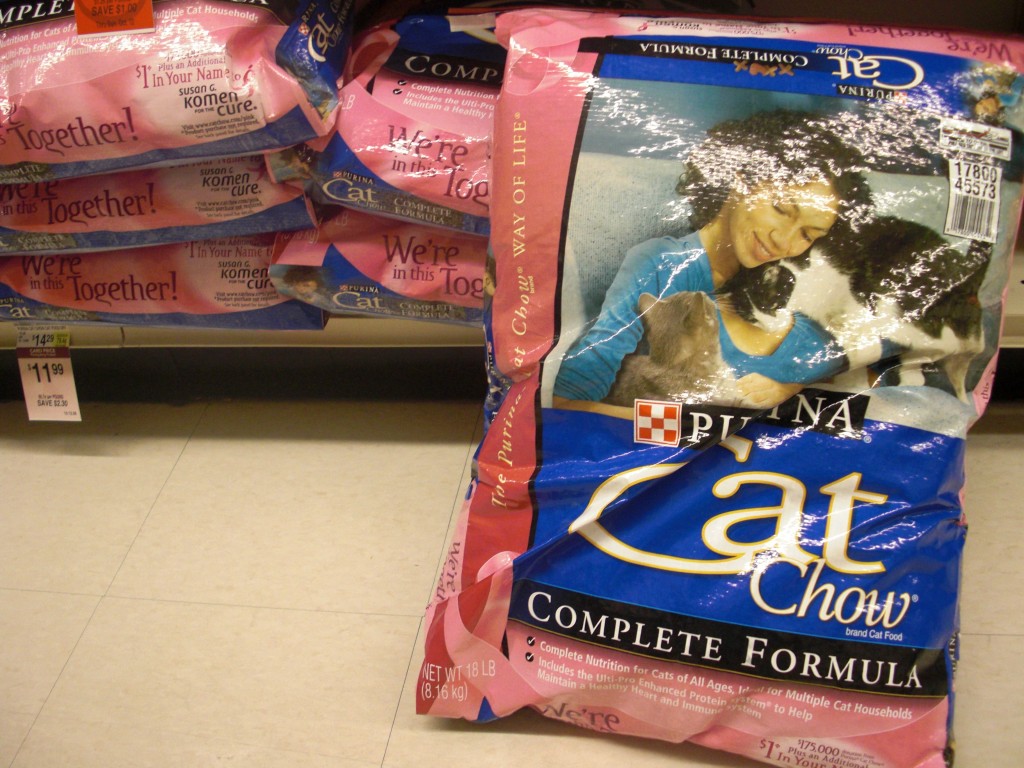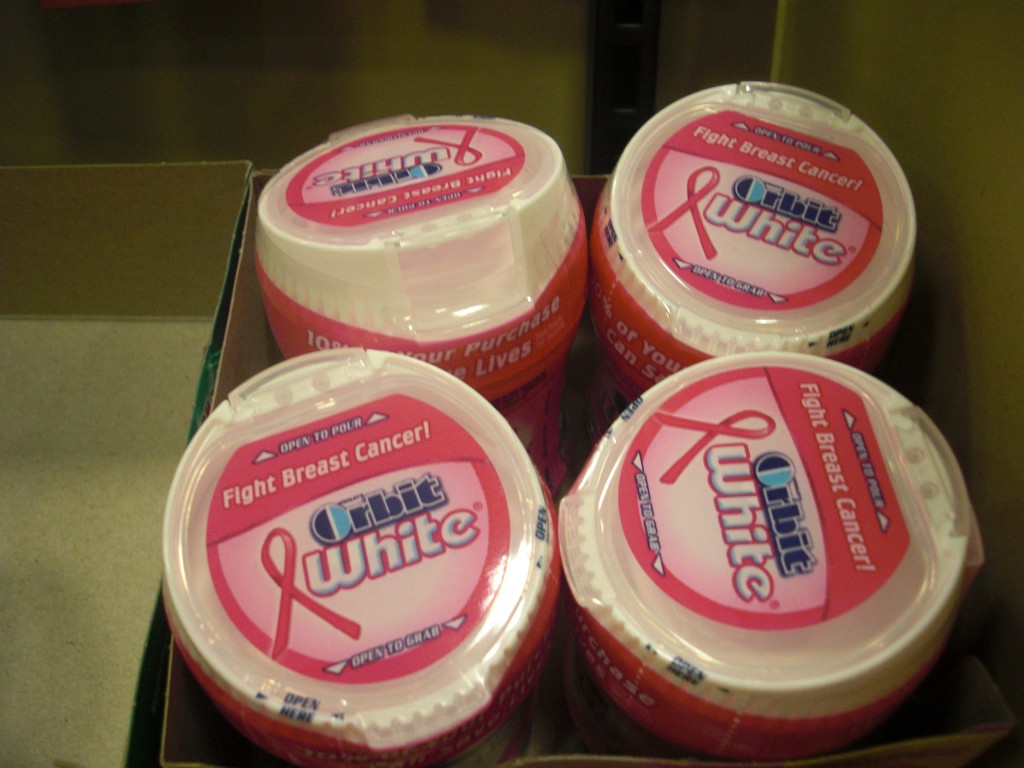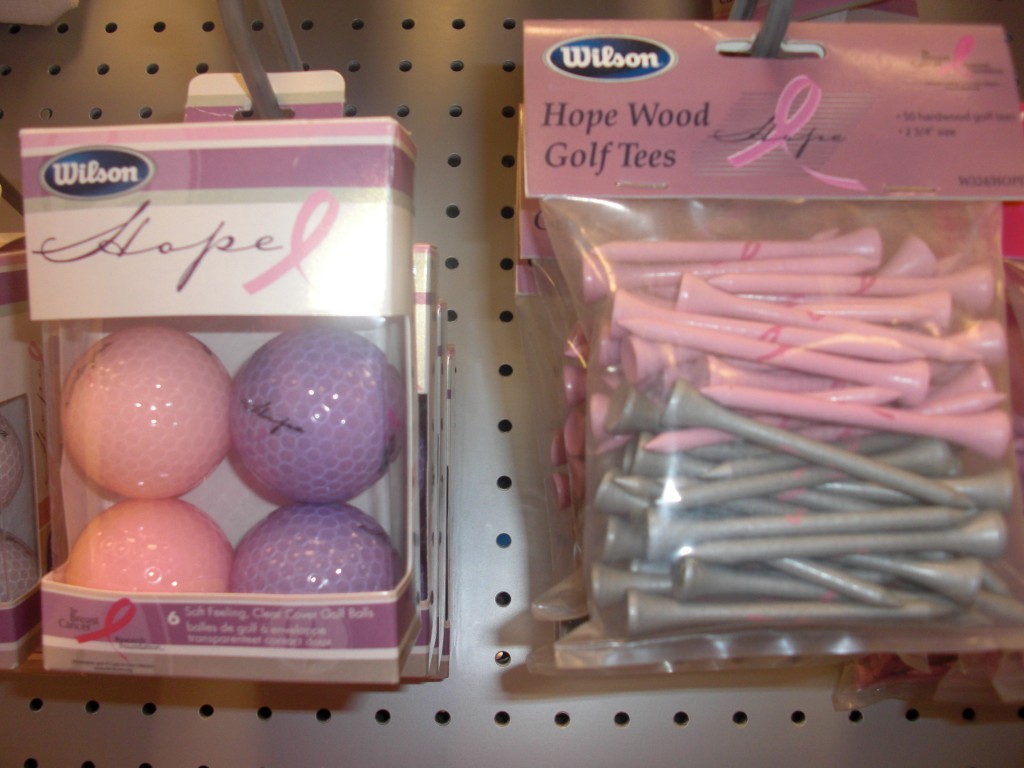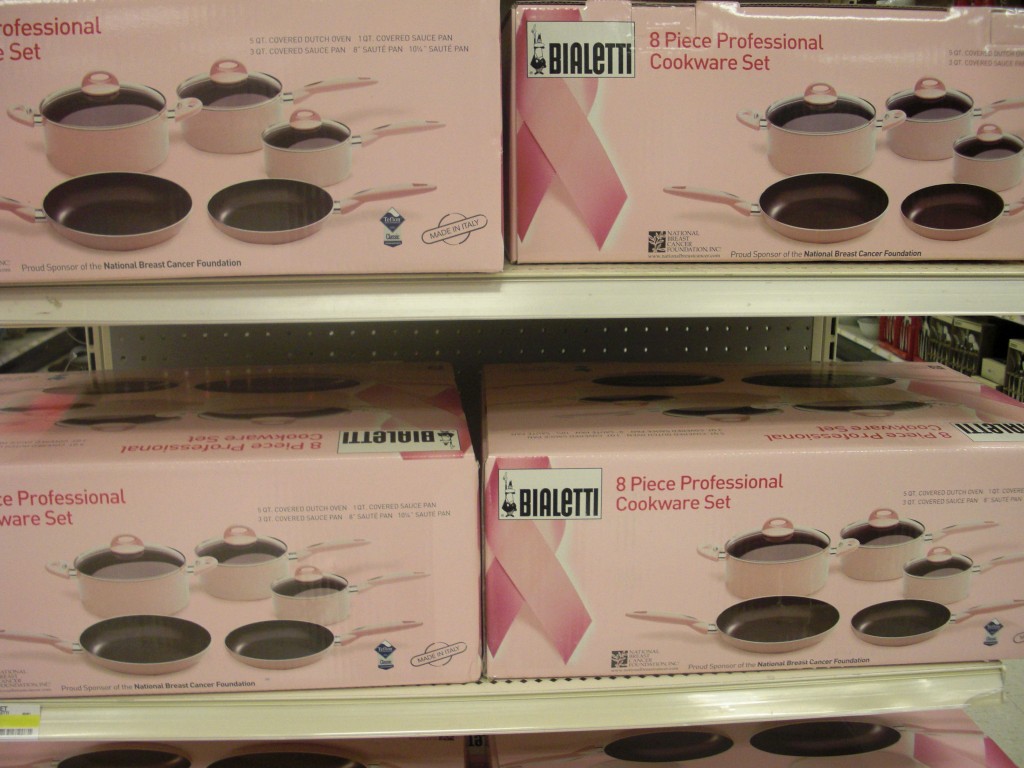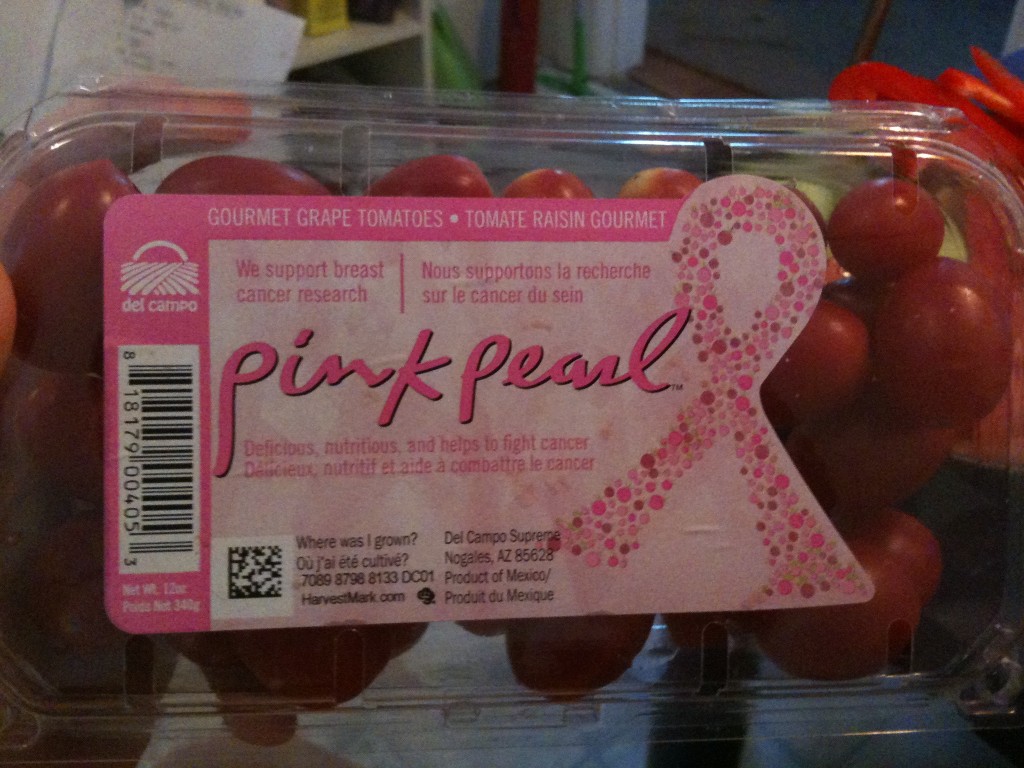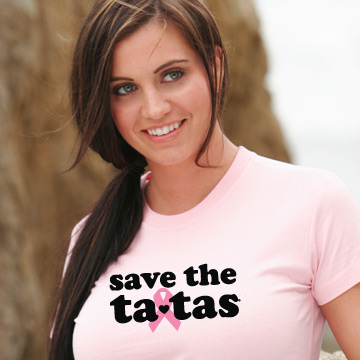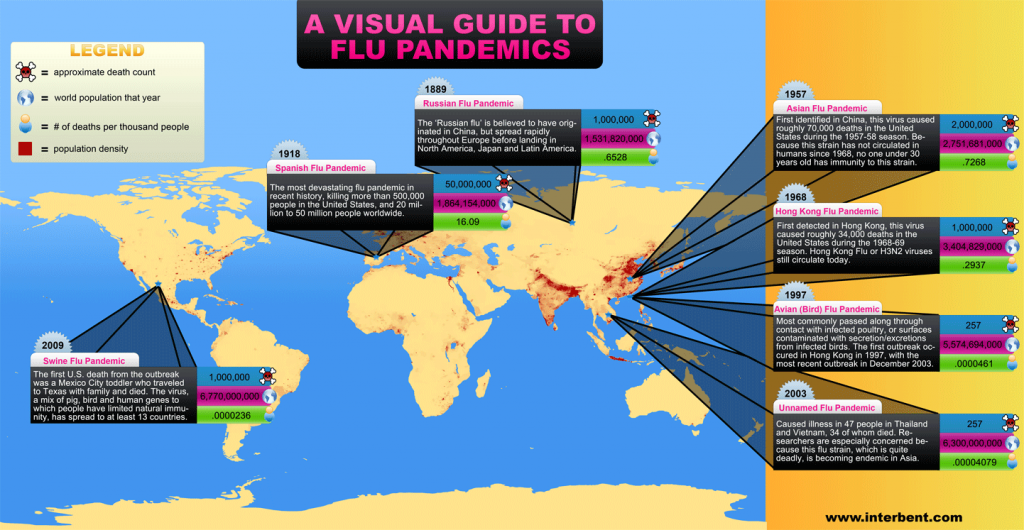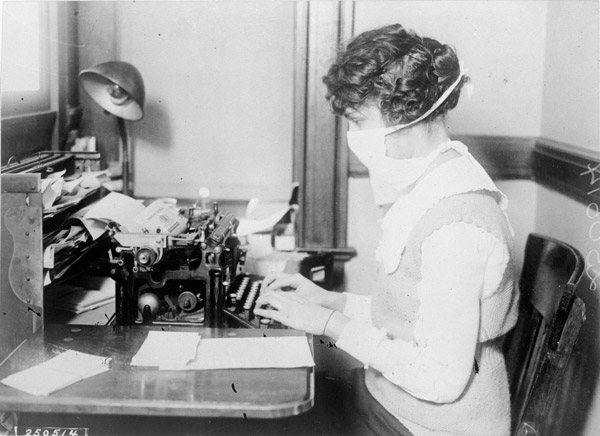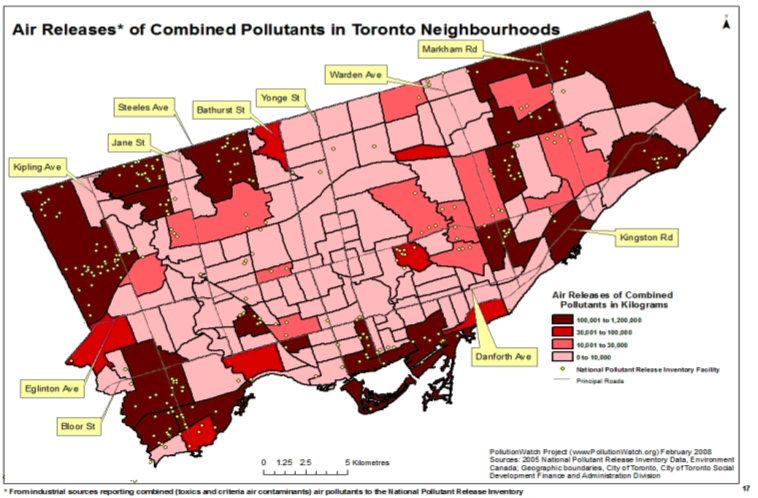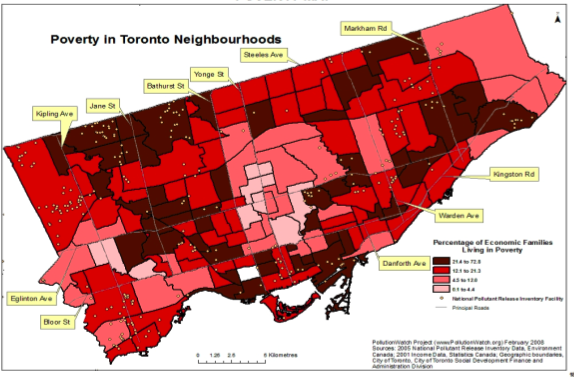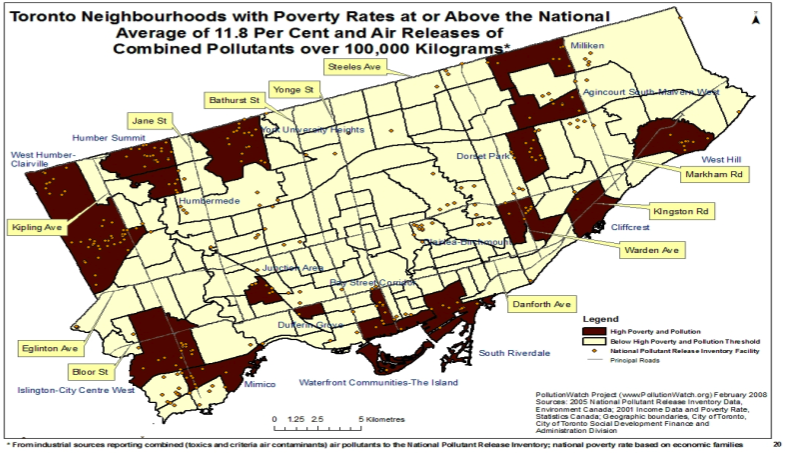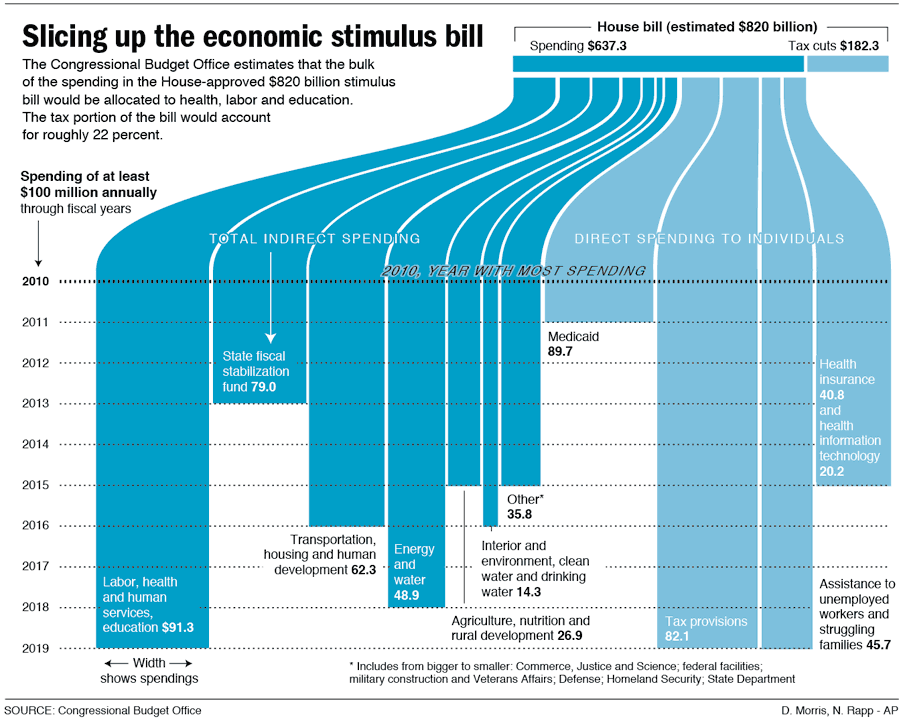Tracy J. sent in this ad aimed at encouraging women to get pap smears to check for cervical cancer (originally found here, but the page was taken down, so Ashley in the comments thread found us this cached page):

And along with the ad she offered this great commentary:
The message is essentially that pap tests have the potential to save the lives of women, but rather than pointing out that, you know, this is good cause… women deserve the opportunity to live a long and meaningful life in whatever way they may wish, or whatever… [But this isn’t the message, instead] they use the ad to scare us into thinking, “if all our women were to die, well then who would we objectify? men? gasp! wouldnt that be horrible”…
…it also sends a very clear message that one of the requirements of women in our North American society is to stand as objects for our admiration. Of course this is only certain kinds of women as this ad could easily be used for some sort of diet pill with an ‘overweight’ woman replacing this man with the statement “the world needs skinny women.”
This is very much like the breast cancer awareness efforts that revolve around how hot boobs are (see here, here, here, and the bottom of this post).
—————————
Lisa Wade is a professor of sociology at Occidental College. You can follow her on Twitter and Facebook.


